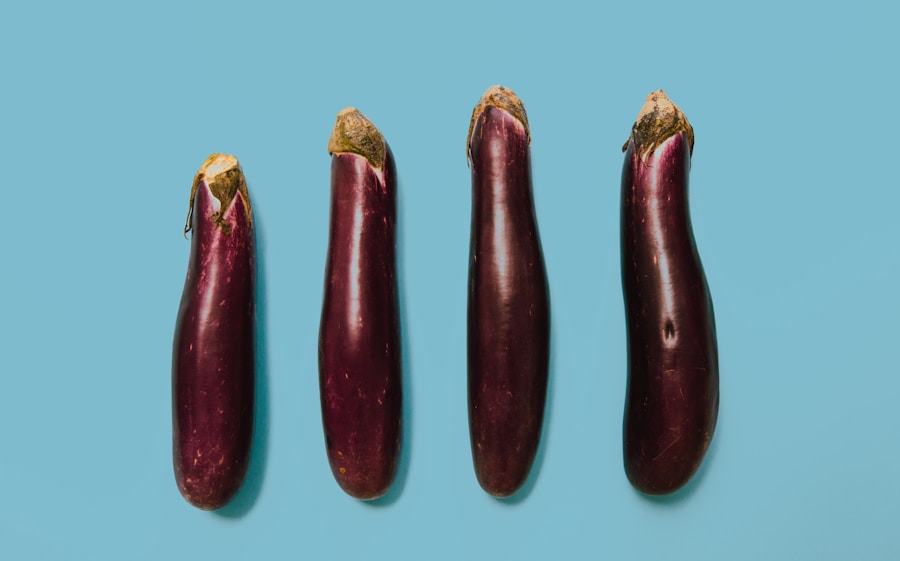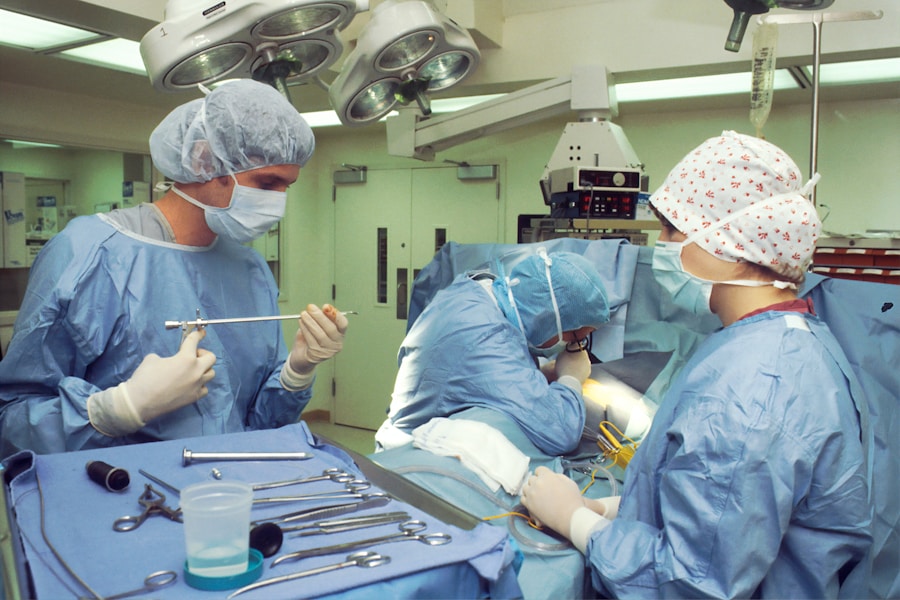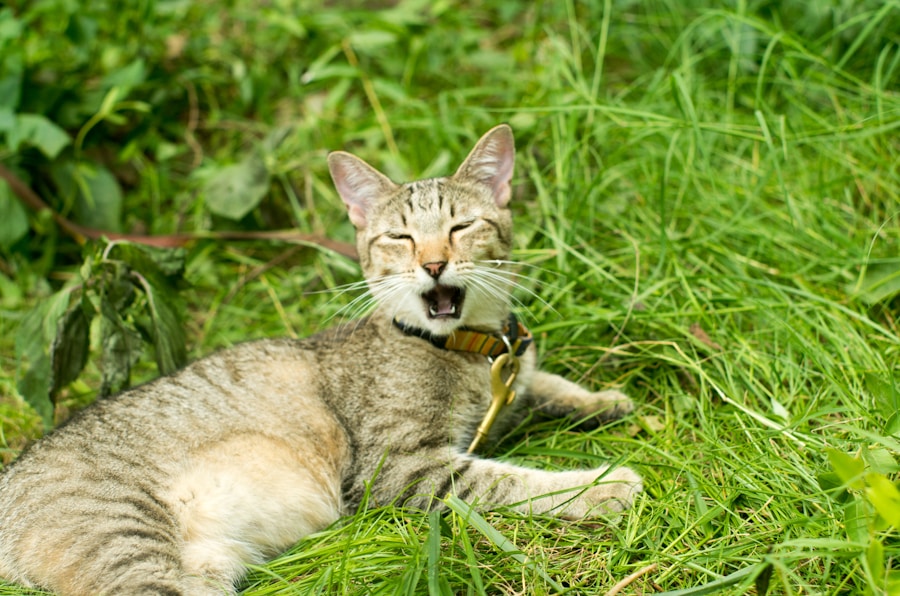As a responsible pet owner, it is crucial to understand the importance of providing your cat with a balanced diet. Just like humans, cats require a variety of nutrients to maintain optimal health and well-being. A balanced diet for your cat should consist of a combination of protein, fats, carbohydrates, vitamins, and minerals. Protein is particularly important for cats as it helps to support their muscle growth and repair. Fats provide essential fatty acids that are necessary for healthy skin and coat. Carbohydrates are a source of energy for cats, while vitamins and minerals play a crucial role in supporting their overall health. By providing your cat with a balanced diet, you can help to ensure that they have the necessary nutrients to thrive and live a long, healthy life.
In addition to providing essential nutrients, a balanced diet can also help to prevent certain health issues in cats. For example, feeding your cat a diet that is high in protein and low in carbohydrates can help to prevent obesity and diabetes. Similarly, providing your cat with a diet that is rich in essential fatty acids can help to prevent skin and coat issues. By understanding the importance of a balanced diet for your cat, you can make informed decisions about their nutrition and help to support their overall health and well-being.
The Advantages of Dry Cat Food Over Wet Food
When it comes to choosing the best diet for your cat, there are several advantages to feeding them dry cat food over wet food. One of the main advantages of dry cat food is its convenience. Dry cat food is easy to store and does not require refrigeration, making it a convenient option for pet owners with busy lifestyles. Additionally, dry cat food has a longer shelf life than wet food, which means that it can be purchased in larger quantities and stored for longer periods of time. This can be particularly beneficial for multi-cat households or pet owners who prefer to buy in bulk.
Another advantage of dry cat food is its dental benefits. The crunchy texture of dry cat food can help to reduce plaque and tartar buildup on your cat’s teeth, which can ultimately lead to better oral health. Additionally, some dry cat foods are specifically formulated to promote dental health by incorporating ingredients that help to reduce dental issues. By choosing dry cat food over wet food, you can help to support your cat’s oral health while also enjoying the convenience and cost-effectiveness of this type of diet.
Key Nutrients to Look for in the Best Dry Cat Food
When choosing the best dry cat food for your pet, it is important to look for key nutrients that will support their overall health and well-being. One of the most important nutrients to look for in dry cat food is high-quality protein. Cats are obligate carnivores, which means that they require a diet that is rich in animal-based protein sources. Look for dry cat foods that list a high-quality protein source, such as chicken, turkey, or fish, as the first ingredient on the label. Additionally, it is important to ensure that the protein content is at an appropriate level for your cat’s age, activity level, and overall health.
In addition to protein, it is important to look for essential fatty acids in the best dry cat food. Omega-3 and omega-6 fatty acids are crucial for supporting your cat’s skin and coat health, as well as their overall immune function. Look for dry cat foods that contain sources of these essential fatty acids, such as fish oil or flaxseed. Vitamins and minerals are also essential nutrients to look for in the best dry cat food. These nutrients play a crucial role in supporting your cat’s overall health and well-being, so it is important to choose a dry cat food that contains a balanced blend of vitamins and minerals.
How to Choose the Right Dry Cat Food for Your Pet’s Specific Needs
Choosing the right dry cat food for your pet’s specific needs can be a daunting task, but with some careful consideration, you can find the perfect option for your feline friend. One of the first things to consider when choosing dry cat food is your cat’s age and life stage. Kittens have different nutritional needs than adult cats, so it is important to choose a dry cat food that is specifically formulated for kittens if you have a young feline companion. Similarly, senior cats may benefit from a dry cat food that is tailored to their specific needs, such as joint support or weight management.
Another important factor to consider when choosing the right dry cat food is your cat’s activity level and overall health. If your cat is particularly active or has specific health concerns, such as allergies or sensitivities, it may be beneficial to choose a dry cat food that is formulated to address these needs. Additionally, it is important to consider any dietary preferences or restrictions that your cat may have when choosing the right dry cat food. By taking into account your cat’s age, life stage, activity level, health concerns, and dietary preferences, you can make an informed decision about the best dry cat food for your pet.
Addressing Common Concerns About Dry Cat Food
There are several common concerns about dry cat food that pet owners may have, but with some careful consideration and understanding, these concerns can be addressed. One common concern about dry cat food is its moisture content. Cats have a low thirst drive and may not drink enough water on their own, so there is a concern that feeding them dry food may lead to dehydration. However, there are ways to address this concern by providing fresh water at all times and incorporating wet food or water into your cat’s diet.
Another common concern about dry cat food is its carbohydrate content. Some pet owners worry that dry cat food may contain too many carbohydrates, which could lead to obesity or diabetes in their cats. However, there are many high-quality dry cat foods available that are low in carbohydrates and high in protein and essential fatty acids. By carefully reading labels and choosing a dry cat food that is formulated with your cat’s specific needs in mind, you can address this concern and provide your pet with a balanced and nutritious diet.
Tips for Transitioning Your Cat to a New Dry Food Diet
If you are considering transitioning your cat to a new dry food diet, there are several tips that can help to make the process as smooth as possible for both you and your feline companion. One important tip for transitioning your cat to a new dry food diet is to do so gradually. Abrupt changes in diet can lead to digestive upset in cats, so it is important to slowly introduce the new dry food over the course of several days or weeks. Start by mixing small amounts of the new dry food with your cat’s current food and gradually increase the proportion of new food over time.
Another tip for transitioning your cat to a new dry food diet is to be patient and observant. Cats can be creatures of habit and may be resistant to change, so it is important to be patient and allow them time to adjust to their new diet. Additionally, it is important to monitor your cat’s behavior and overall health during the transition period. If you notice any signs of digestive upset or other concerns, it may be necessary to slow down the transition process or consult with your veterinarian for guidance.
The Role of Dry Cat Food in Maintaining Your Pet’s Oral Health
Maintaining your pet’s oral health is an important aspect of their overall well-being, and dry cat food can play a crucial role in supporting their dental health. The crunchy texture of dry cat food can help to reduce plaque and tartar buildup on your cat’s teeth, which can ultimately lead to better oral health. Additionally, some dry cat foods are specifically formulated to promote dental health by incorporating ingredients that help to reduce dental issues.
In addition to choosing the right dry cat food, there are other steps that you can take to support your pet’s oral health. Regular dental check-ups with your veterinarian are important for identifying any potential issues early on and addressing them before they become more serious. Additionally, providing your cat with dental treats or toys can help to promote good oral hygiene by encouraging chewing and reducing plaque buildup. By incorporating these strategies into your pet’s care routine, you can help to maintain their oral health and support their overall well-being.
In conclusion, providing your cat with a balanced diet is essential for supporting their overall health and well-being. Dry cat food offers several advantages over wet food, including convenience and dental benefits. When choosing the best dry cat food for your pet, it is important to look for key nutrients such as high-quality protein, essential fatty acids, vitamins, and minerals. By considering your cat’s specific needs and addressing common concerns about dry cat food, you can make an informed decision about their nutrition. Transitioning your cat to a new dry food diet requires patience and careful observation, but with some tips and guidance, it can be a smooth process. Finally, maintaining your pet’s oral health is important for their overall well-being, and dry cat food can play a crucial role in supporting their dental health when combined with other strategies such as regular dental check-ups and dental treats or toys. By taking these factors into consideration and making informed decisions about your pet’s nutrition and oral health, you can help them live a long, healthy life.





